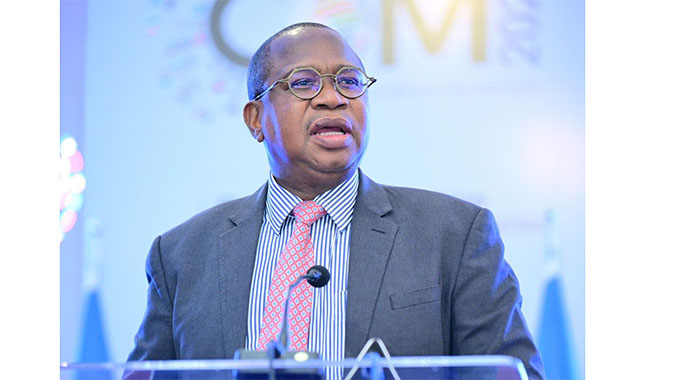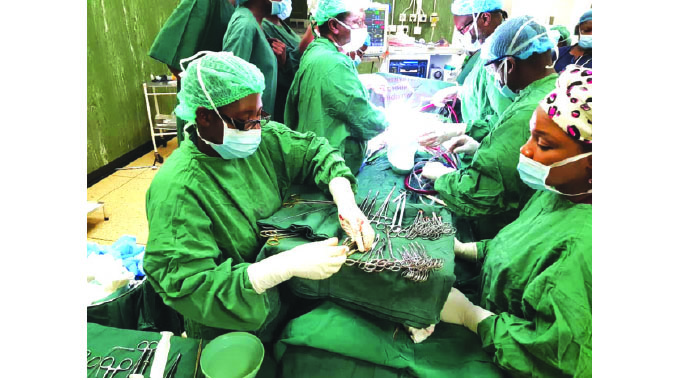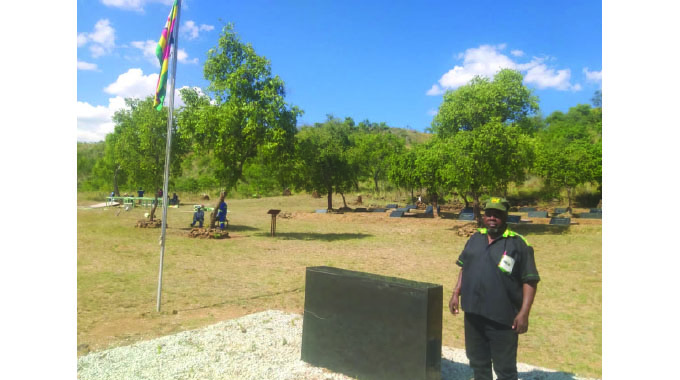Ten years to 2030: What have we achieved?
Christopher Makaza Correspondent
Ten solid years are left to reach President Mnangagwa’s Vision 2030 touchline and an evaluation of the journey travelled so far indicates that the vision is attainable as notable progress has so far been witnessed in areas like infrastructure development, politics, the economy and other critical reforms as well as fighting corruption.
The President earlier this year highlighted that for the country to attain Vision 2030 there was need for stakeholders from all sectors of the economy to work together, thus we need to unite and have one common goal.
This is encompassed in post-election formulation of the Political Actors Dialogue (POLAD) platform for Zimbabweans to find themselves in a bid to have one mind in finding solutions to the country’s challenges.
The Government has spent over US$2,5 billion on infrastructure as development is a key enabler in attaining an upper middle-income economy. Key roads and several others have been constructed and rehabilitated. Airports have also been rehabilitated and expanded.
Functional infrastructure remains key to unlocking economic growth potential, increase competitiveness and productivity.
To date, with a combination of different financing models ranging from domestic resources, joint ventures, loans, and development partner support, the Government has managed to deliver on some of the priority projects that provide downstream benefits to the overall economy.
These include Tugwi-Mukosi Dam, Bulawayo and Victoria Falls International Airports upgrading and the Kariba South Expansion Project among several others.
Hwange Thermal Power Station is being expanded to improve power supply because the manufacturing and mining sectors critically depend on power.
Dualisation of the Beitbridge-Chirundu Highway has already began. The first phase will see the rehabilitation of the actual road, before dualisation, which comes in the second phase.
However, given years of infrastructure deterioration with minimal maintenance, addressing the infrastructure gap will require complementary funding through concessional loan financing, joint ventures (PPPs) and development partner financial support.
Government has also continued to pursue the Special Agriculture Production Programme formally popularly termed “Command Agriculture” now known as the “Smart Agriculture” in partnership with the private sector. This was in response to a key challenge on financing which faced the new farmer and hindered full productive utilisation of the land. This year, Government has left banks to provide funding for the import substitution programme to improve transparency in the scheme and for loan recovery.
More than $300 million was set aside as the banks’ total agriculture investment for the 2019-2020 farming season.
Transparency, accountability and value for money are key pillars for cost effectiveness and efficient delivery of services.
It is with this objective that the Government is implementing a number of measures to fight corruption, one of the sources of increased cost of doing business, unbecoming behaviour and inefficiency on service delivery in both public and private sectors.
To that effect, Government continues to capacitate the Zimbabwe Anti-Corruption Commission (ZACC), the police and prosecuting authorities with the requisite skills to investigate and prosecute crimes related to corruption. To show how serious the President is on corruption, several top Government officials have been arrested on corruption allegations with the recent being that of two senior officials in the Ministry of Defence.
First to be arrested was Peter Muchakadzi who is the ministry’s director of procurement. The current economic environment has imposed a number of hardships, particularly on the vulnerable groups. Hence, Government continues to safeguard and ring-fence resources targeting vulnerable groups in the society.
Such social protection and safety nets include the Special Input Scheme for Vulnerable Households, Provision of technical and vocational skills through vocational training centres and SMEs common facilities, Women and Youth Empowerment Loan Funds, Special Grants in Support to the Elderly, Children and other Challenged Groups, Access to Health Care and Education among others.
The new dispensation also took the decision to finalise compensation to all former farmers affected by the Land Reform Programme, in accordance with the country’s Constitution. Cognisant of the reality that a large number of farmers are still to be compensated, given the limited annual budget capacity, Government continues to engage bilateral partners over assistance to mobilise the requisite resources in order to finalise the compensation process.
Government undertakes to be a listening administration as demonstrated by the various “Meet the People Meetings” which extended across the country embracing various interest groups. An “Open Door Policy”, has also been adopted, taking advantage of communication channels with the public, now able to interact with the President through various social media platforms.
The Ease of Doing Business reforms are part of broad measures being implemented under the new Dispensation to improve the investment climate.
These target administrative and legislative bottlenecks that frustrate both local and foreign investors.
Vision 2030 of making Zimbabwe a middle class economy is very much within our sight if the foundation being laid out for its attainment continues to show promise as thus far.





Comments